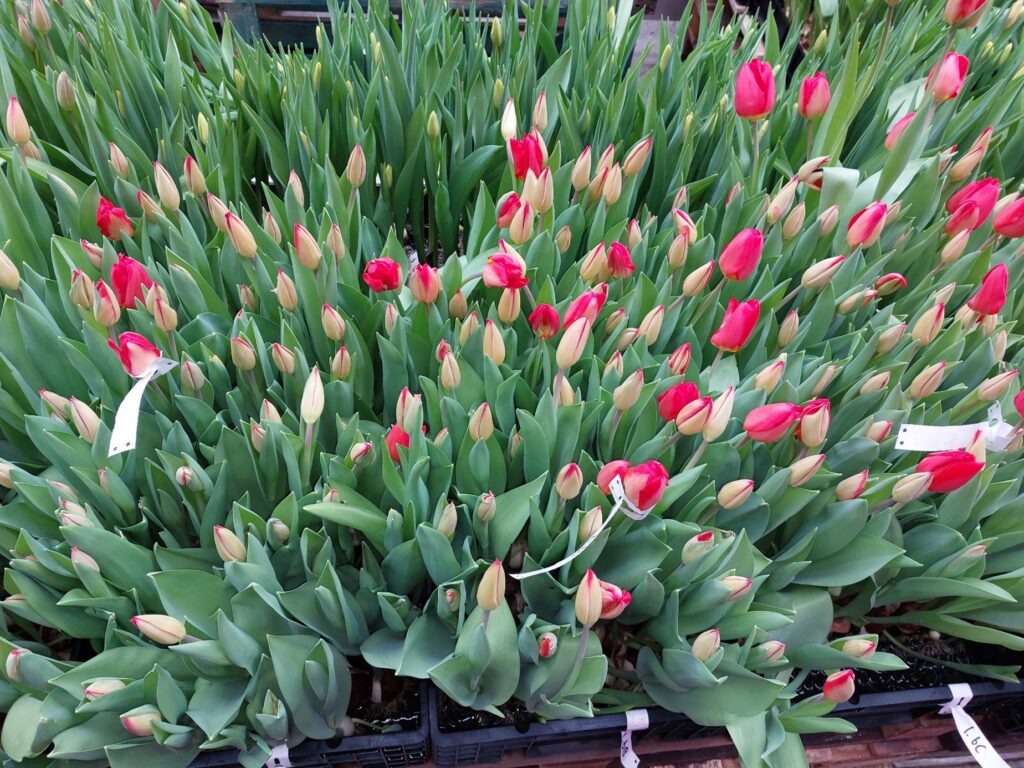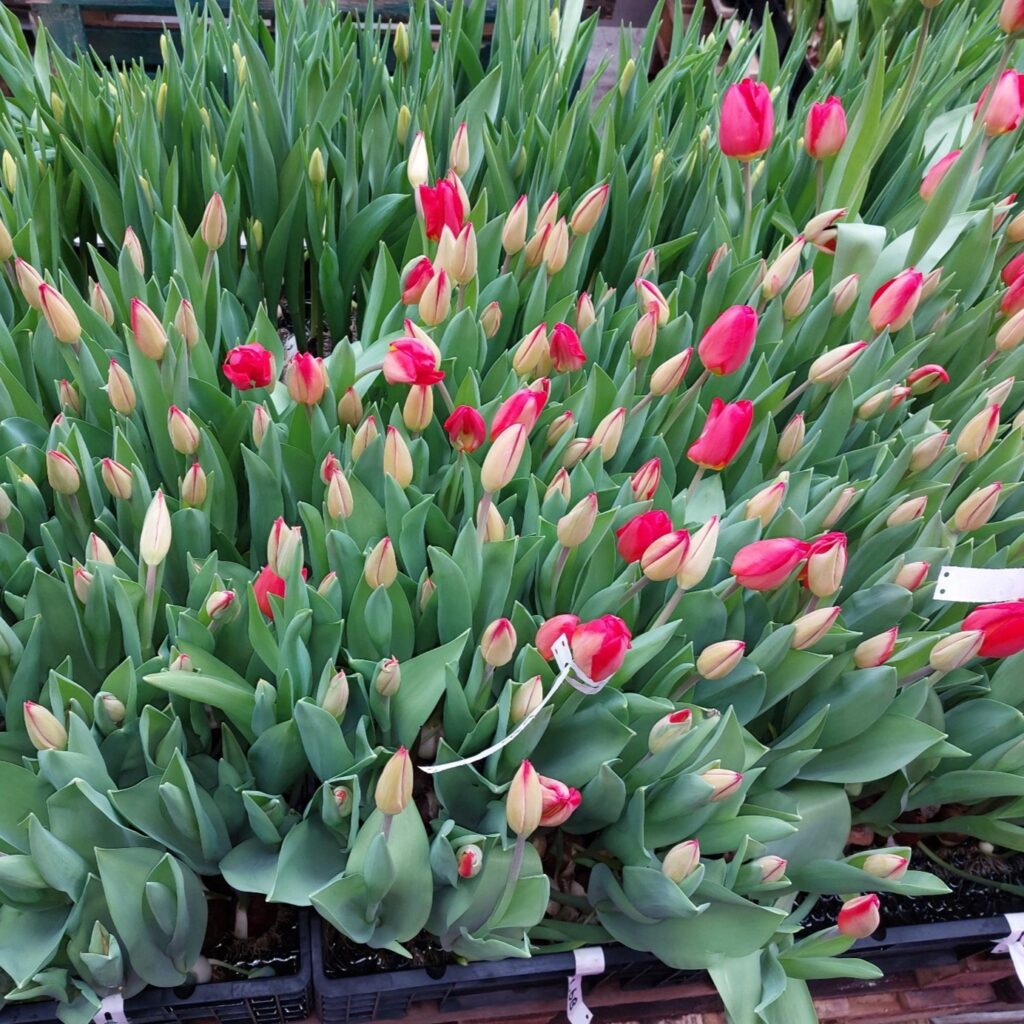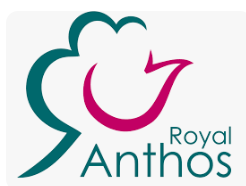Hot heating research tulip to control tulip gall mite

An alternative method to control tulip gall mite and secure the future of tulip cultivation
Introduction
The authorisation for the active substance spirotetramat will expire in 2025. The manufacturer has indicated that it will not start a procedure for renewal due to strict authorisation requirements. This poses a major problem for the tulip sector. Spirotetramat, normally applied through Movento, is used twice after heading to prevent tulip gall mite during storage. It is an effective agent with up- and downward systemic action that protects the bulb until after harvesting. The removal of this treatment will make the spread of tulip gall mite uncontrollable, with serious consequences for tulip cultivation. Moreover, gall mite is a major disseminator of the TVX virus, further compounding the problem.
Alternatives and challenges
Chemical control with Vertimec and/or Apollo, by dipping, increases the risk of Fusarium infestation and may eventually disappear. CATT treatment and ULO treatment are effective against tulip gall mites, but difficult to implement at farm scale because of required modifications to cells and equipment. The use of predatory mites is being investigated but is not yet ready for farm-scale implementation.
The solution: hot heating
We believe that hot heating can be the solution. Bulb growers are often already familiar with this method and have the necessary equipment, making it relatively easy to apply on their own farms.
Aim of the research project
The aim of this research project is to develop an alternative, sustainable method to control tulip gall mite.Hot-firing is considered a possible suitable control method. We will investigate whether this method can sufficiently control tulip gall mite while ensuring quality, yield and tracellation of tulip bulbs.
Future perspective
If the hot heating method indeed proves suitable to control tulip gall mite while maintaining quality and yield, it could secure the future of tulip cultivation. With the elimination of Movento/Batavia in 2025, the continuity of tulip cultivation is at stake. Moreover, it eliminates the need for plant protection products, reducing the risk of future problems due to loss of approvals. This project focuses on a sustainable control method with a lasting solution for the future.
Project duration is from July 2022 to August 2025










